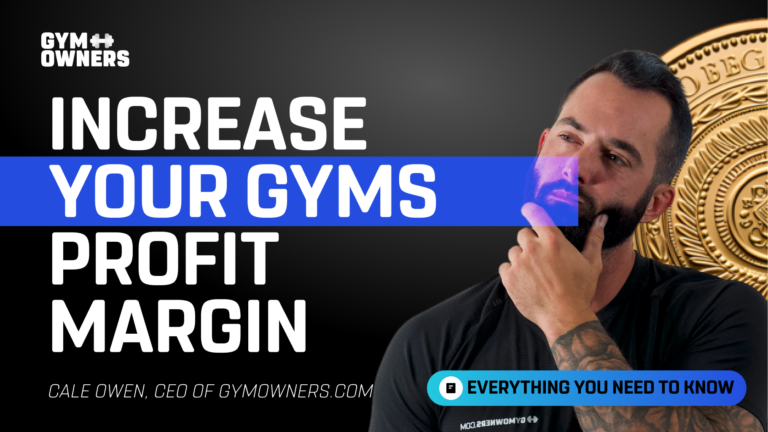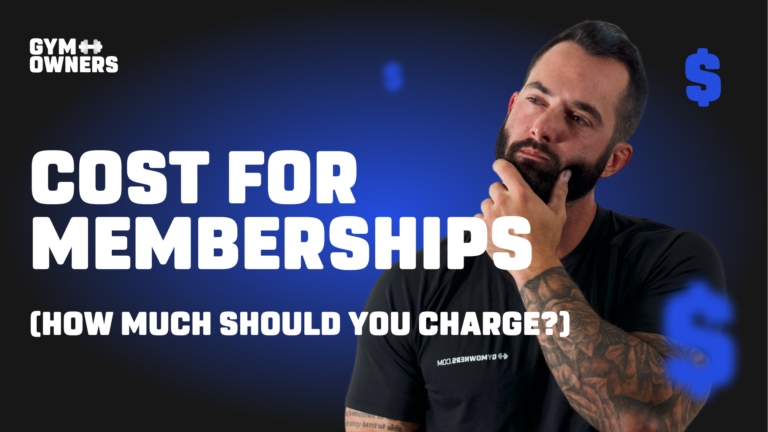Identifying your target market is critical to your gym’s success. A target market is a specified group of consumers likely to support your business. With the right data and analytics, you can identify and segment your target market to better understand consumer behavior and tailor your marketing strategies.
Types of Target Market Segmentation
To identify your target market, these are factors to consider. There are four different types of market segmentation that you can focus on.
How Does Demographic Segmentation Identify Target Markets?
Demographic segmentation is the most obvious form of segmentation used to identify target markets. It includes:
- Age: This can help you determine the types of programs tailored to different age ranges, such as high-intensity interval training (HIIT) for younger people.
- Gender: You may want to provide women-only exercise spaces or specific classes catering to men’s workout requirements.
- Education: The average person might have basic fitness needs, but more educated customers may take a deeper interest in health and wellness.
- Income level: This would allow you to price your services accordingly.
- Marital Status: You can add facilities like a daycare or family memberships if you find your target market has a family.
How Does Geographic Segmentation Identify Target Markets?
Since brick and mortar fitness gyms are limited to their locations, geographic data is important. Geographic segmentation includes many factors, such as:
- Location: Your physical location and neighborhood will let you know if you are close to competing gyms, workplaces, college campuses, or residential areas. This can help you cater to niche markets.
- Population: More people means more customers, and you can benefit from being in a widely populated area with walk-in traffic.
- Culture: Culture includes diet, lifestyle, and common interests, which can dictate facilities and classes. Some gyms might opt for dance-oriented fitness classes.
- Climate: The weather affects how often people go out. Weather can play a role in how often people go to the gym and the general lifestyle of the population.
Psychographic Segmentation
Psychographic segmentation will help you to understand the motivation behind purchases and customer behavior. It can help you identify their attitudes, interests, and goals so you can create personalized experiences with your marketing.
- Interests: This can help you create interest-based dance or martial arts programs for customers.
- Values: This can help you adjust how you frame your offering to your target market, like having a holistic approach to wellness.
- Lifestyle: This is how your customers spend their time. You might find many busy professionals in your gym, so you should have extended opening hours to accommodate their schedules.
Behavioral Segmentation
Gyms are supported by people who have a common goal or purpose. How does behavioral segmentation identify target markets? Behavioral segmentation can identify market segments based on customer behavior. There are different types of behavioral segmentation:
- Purchase behavior: This considers the entire customer journey stages, from the start, the time between interactions, the number of interactions, and the actual purchase of a gym membership.
- Customer loyalty: This looks at the retention rates of customers and how often they return for services.
- Occasion-based or timing-based: This is how often a customer purchases a membership or service. Is it a seasonal purchase or just a one-time interaction?
- Benefits sought: This examines what customers value in your gym, like a variety of services, different pricing options, opening hours, etc.
- Customer satisfaction: This is how well the customer enjoyed the services and facilities of your gym.
- Usage rate: This could be how often a customer uses your gym and how often they use specific services or facilities you provide.
How to Identify Your Target Market
You can follow these steps to identify your target market for your gym.
1. Understand Your Products or Services
Think about what makes your gym stand out. Identifying your unique selling proposition (USP) for your services and niche will help you understand who can benefit. Focusing on your offerings lets you see what elements secure loyal customers.
2. Look at Existing Customers
Understanding the composition of your existing membership base can provide valuable insight into who your ideal members may be. By analyzing the common characteristics of your current members, such as age, gender, and occupation, you can better understand who is likely to become members. If you are starting from scratch, look at your competitors and do some reconnaissance to understand the customers you might want to attract as well.
3. Examine the Motivation Behind Purchases
You should identify your target market by its goals. By understanding the motivations behind their purchasing decisions, such as weight loss, bodybuilding, general fitness, or stress relief, you can create marketing campaigns tailored to their needs and preferences.
4. Find Behavioral Patterns
Look at customer engagement with your services and programs or connect with market leaders on average patterns. Behavior includes who buys your memberships, usage behavior for specific exercise equipment, seasonal rises or dips in customers, number of interactions before purchases, etc.
5. Analyze the Competition
Identifying the target market for your competition will help you to understand how they cater to the needs of their customers. It can also show you how you can improve acquiring and retaining customers. Even better, you can learn how to attract customers from your competition, and you can adjust your offerings to serve your identified target market better.
Make Data-backed Decisions for Your Growth
Your gym management software should give you access to customer data so you can make data-based decisions for your sales and marketing.






